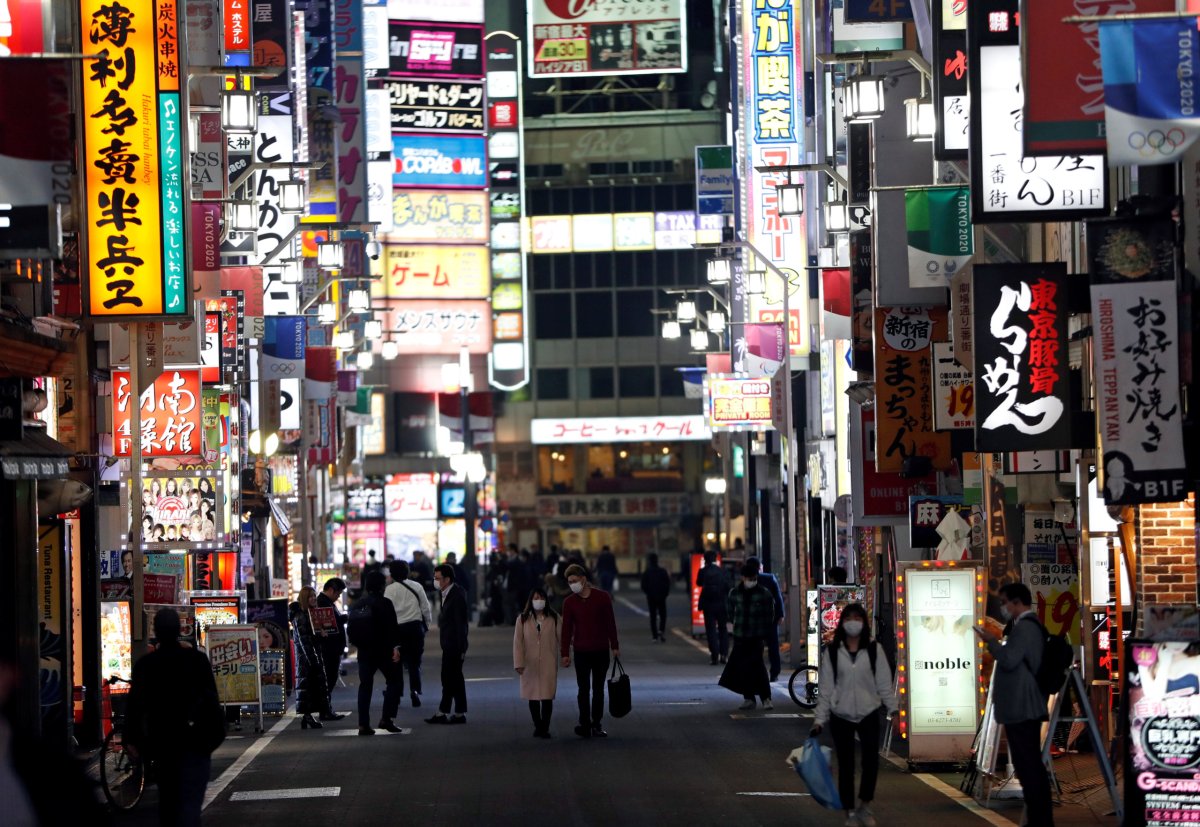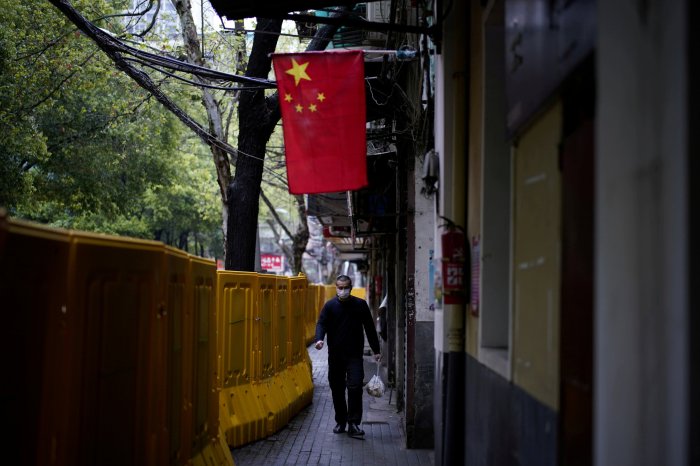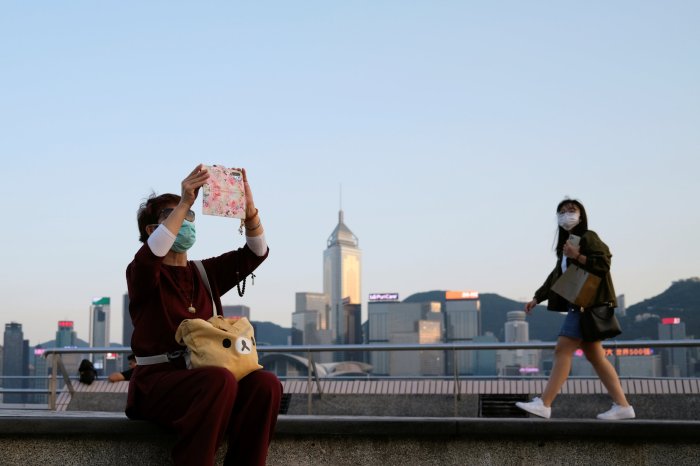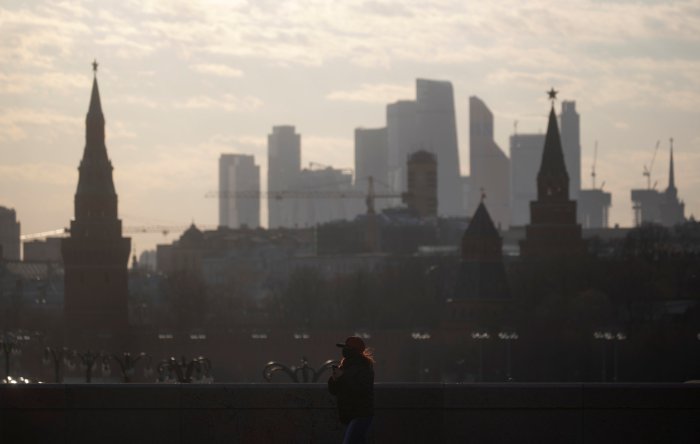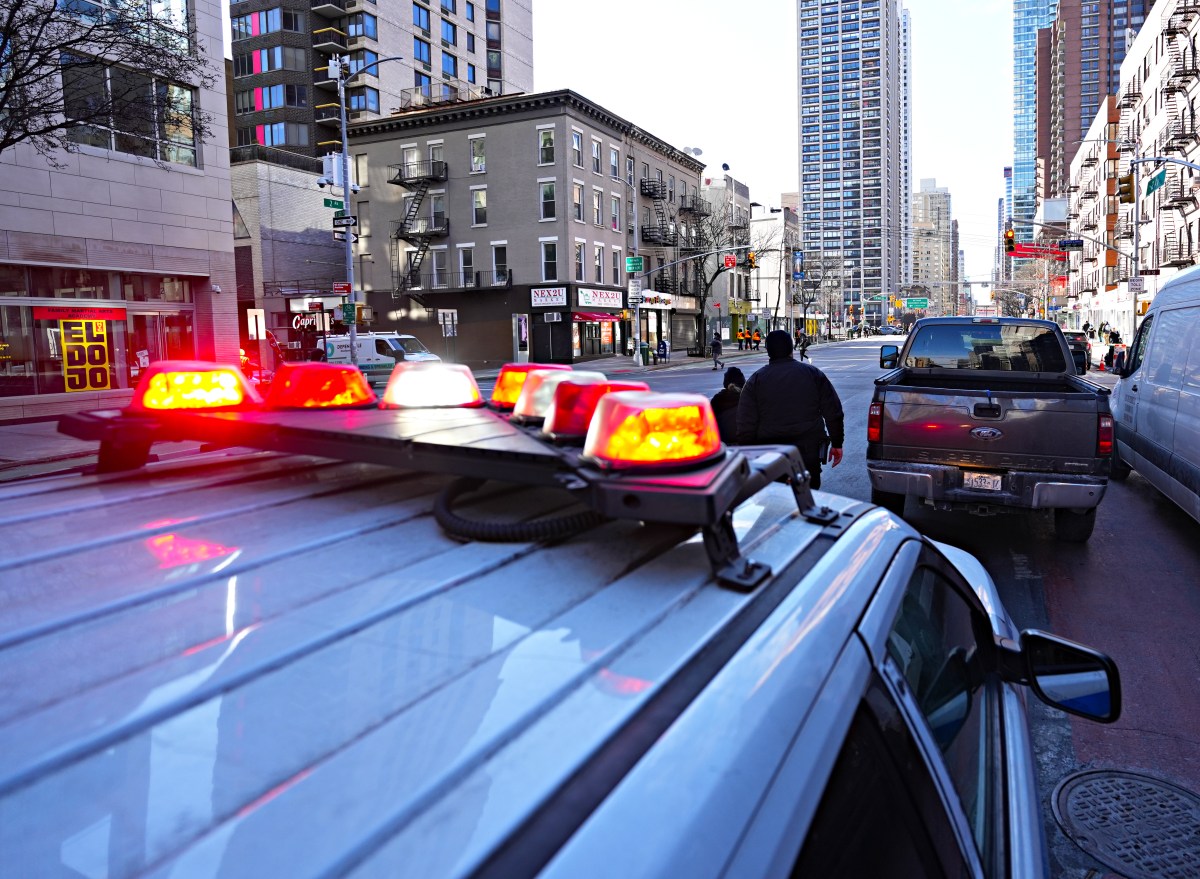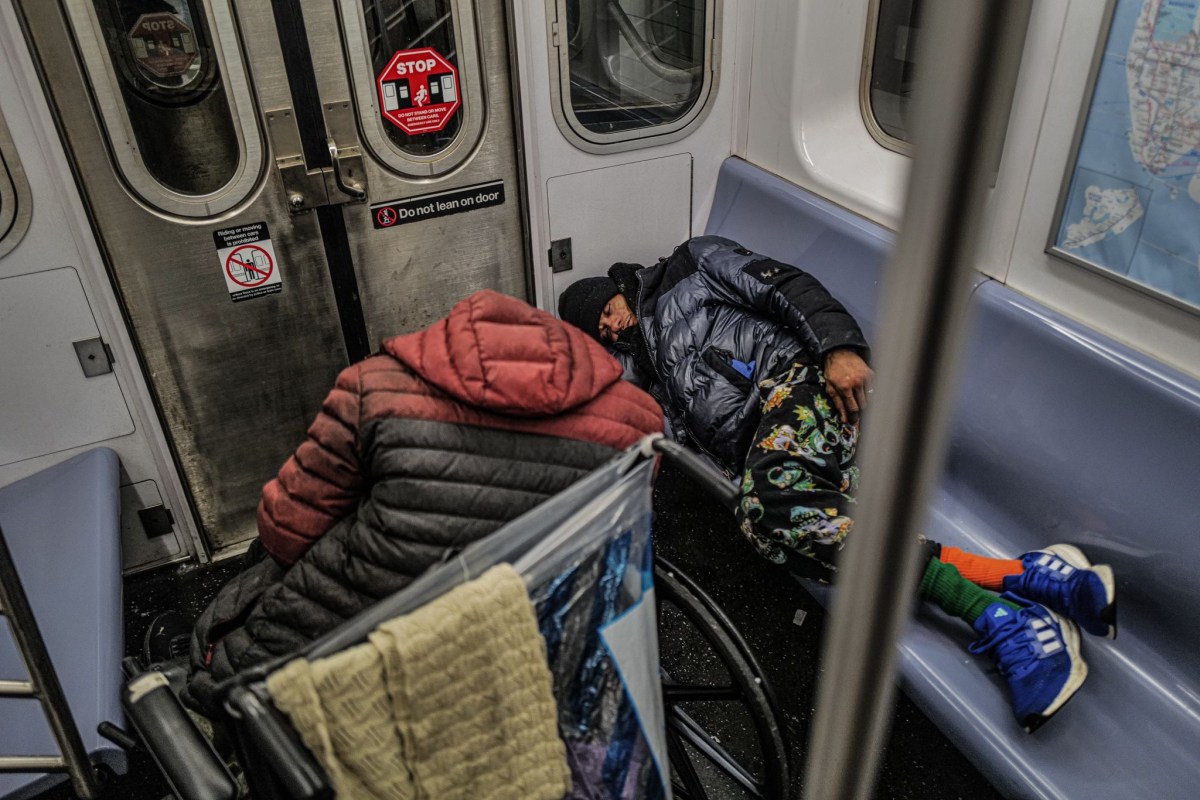TOKYO (Reuters) – Japan recorded 503 new coronavirus infections on Wednesday, its biggest daily increase since the start of the pandemic, as a state of emergency took effect but commuters still crowded some trains into Tokyo despite government calls to stay at home.
The jump in new COVID-19 cases, including 144 in the capital, underscored the struggle of Japanese authorities to contain the outbreak without imposing a sweeping, mandatory lockdown on the population as most countries overseas have done.
A day after the state of emergency was proclaimed, some Tokyo trains were still full of commuters, some voicing confusion over how they were now expected to restrict their movements to stem transmissions of the virus.
The month-long state of emergency gives regional governors more power to press businesses to close. But Tokyo Governor Yuriko Koike was expected to announce only on Friday which categories of businesses will have to shut, so many shops and businesses were left to decide what to do for now.
Moreover, authorities have generally been given no powers to penalise people who disregard calls to stay at home or businesses that decline to shut down.
“It’s unavoidable that people have to come out for work,” Risa Tanaka, a mask-wearing office worker, said near Tokyo’s Shinjuku station. She said she usually tried to work at home, but had stepped out to deliver some documents.
“I don’t know if (this) emergency declaration is enough.”
“We’ve reduced the number of in-office workers by half, but we are still rotating to go into work,” said commuter Chihiro Kakegawa, an employee of a Tokyo financial institution, adding that it had freed her from being in the office every day.
INFECTIONS SPIKE IN TOKYO, OTHER REGIONS
Tokyo recorded 144 coronavirus infections on Wednesday, bringing the total in the capital to 1,339, Koike said. That rise helped carry the nationwide tally to 4,768, according to an evening report by public broadcaster NHK.
NHK later said 503 people had been newly infected nationwide – the first time that tally passed the 500 mark in a day.
Japan’s tally of infections remains far smaller than in many European countries and the United States, but a steady rise in some areas prompted Prime Minister Shinzo Abe to declare the emergency in Tokyo, Osaka and five other hard-hit prefectures.
With an eye on preserving the wider economy, Abe has sought a cut of 70%-80% in contacts among people only in Japan’s seven worst-affected regions, leaving plenty of wiggle room for defiance of the official recommendation to stay home.
Train schedules of the East Japan Railway Co <9020.T>, which services the capital and surrounding areas, remain unchanged, with operations running as normal.
“I don’t think the reduction is anywhere near the 70 or 80% Abe is aiming for,” said Yoshihiko Furusawa, 43, as he watched pedestrians near the Shinjuku ward office where he works.
“I think the (more) important point is to stop people going to bars after work.”
Abe’s government did not provide detailed train usage data for the first day of the state of emergency, but said use of the Yamanote line, one of the busiest train lines that circles Tokyo, was down 40 percent on weekdays in recent weeks.
It said the number of passengers on some subway lines was down by about a third for the similar period.
The state of emergency, though stopping short of lockdown measures seen in some other Asian and most Western countries, will add to pains inflicted on the world’s third-largest economy from supply chain disruptions and travel bans.
Department stores, karaoke parlours and some non-essential businesses, such as coffee chain Starbucks, have already said they will close. The Foreign Ministry said it would monitor the temperatures of all visitors and block those with high fever.
Interactive graphic tracking global spread of coronavirus: open https://tmsnrt.rs/3aIRuz7 in an external browser.
(Reporting by Rocky Swift, Sarah Aoyagi, Tim Kelly, Elaine Lies, Kiyoshi Takenaka, Linda Sieg and Jack Tarrant; Editing by Chang-Ran Kim and Mark Heinrich)

